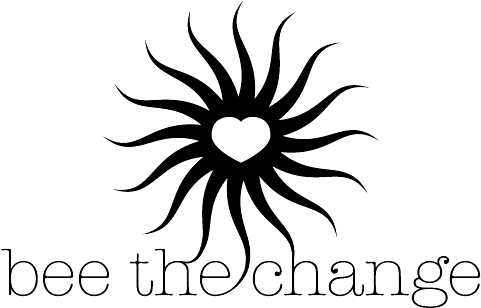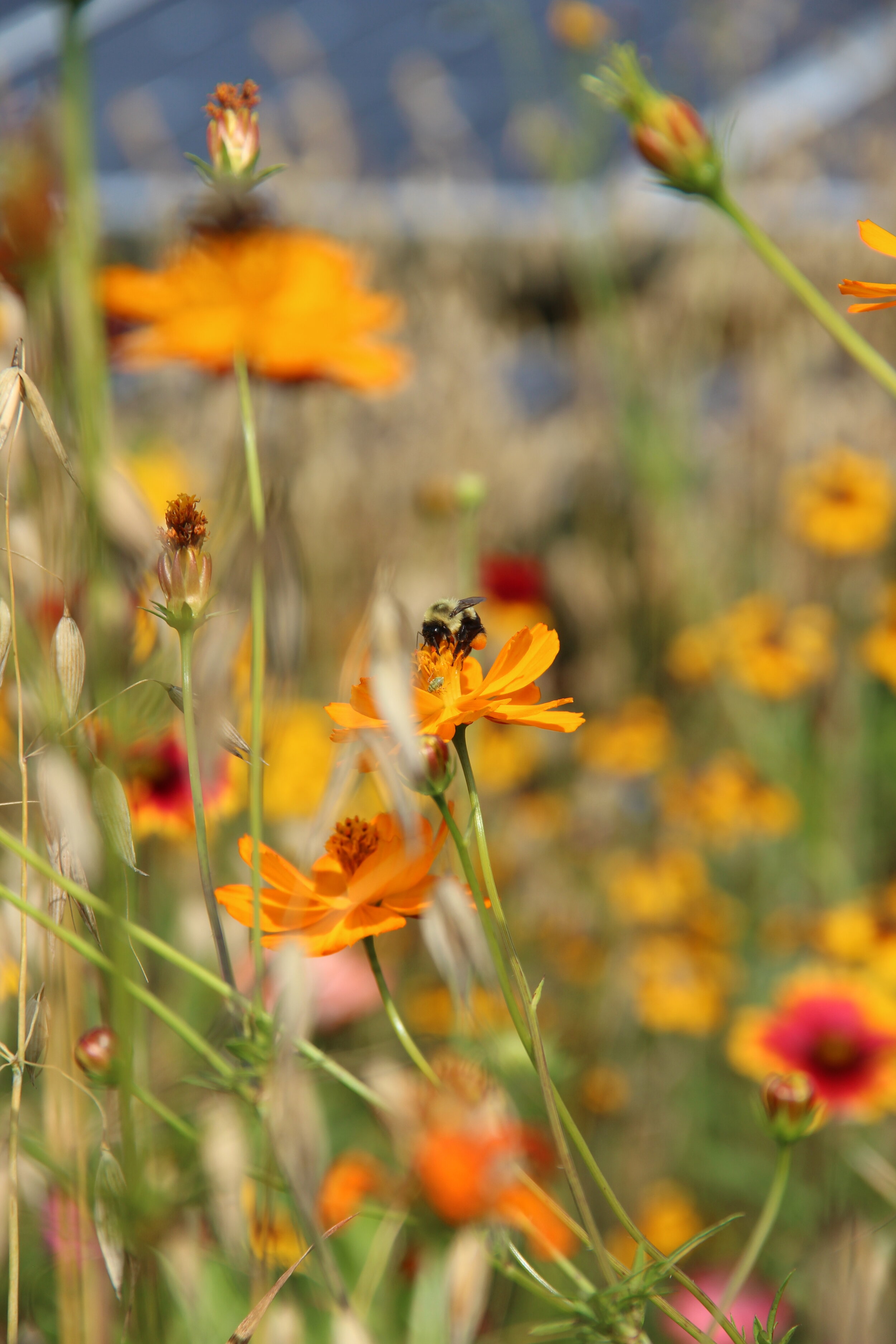Pollinator of the Month: Bombus Impatiens
25 years ago, Vermont had up to 17 bumblebee species. Today, we are down to 10, with four of them extinct and seven endangered. Bombus Impatiens (also known as the Common Eastern Bumble Bee) is a bumblebee most commonly found in the northeast.
Diet
Bumblebees depend almost entirely on flowers as their food source. They harvest nectar (carbohydrates) for the adults and pollen (protein) for the larvae. The worker bees often return to their nest carrying 25% of their body weight’s worth of pollen, but some have been known to carry 75% of their body weight! Not only are they strong, but they can also fly in cold temperatures that other insects wouldn’t survive in.
Some of Bombus Impatiens’ favorite food plants are Cirsium (Thistles), Eupatorium, Gelsemium, Solidago (Goldenrods), and Pontederia (Pickerel Weeds).
Habitat
These bumblebees tend to live in large fields or wooded areas. Colonies are frequently found in abandoned rodent nests and typically have a south-facing exposure. Bumblebees that nest above ground will use haystacks or long grass, some even nest in tree cavities or empty birdhouses. In more urban areas, bumblebees tend to nest in between cinderblocks, house foundations or abandoned furniture and structures that will protect their new colony.
Habitat Loss is one of the principal reasons our pollinator species are in decline, and Bee the Change takes pride in counteracting habitat loss by planting a diverse selection of wildflowers and plants in otherwise unused solar fields. The pictures you see here are taken by BTC from our solar fields in Hinesburg, VT, where bumblebees can come and flourish.
How you can help
One of the largest causes of the decline in the bumblebee population is habitat loss. Intensive agriculture has caused declines all over the world, especially in the midwest and Europe. However, unlike many other endangered species, bumblebees do not need a forest to maintain their population. A plentiful amount of wildflowers for them to forage in is enough. Bee the Change helps our pollinators by planting wildflowers and allowing native flora to thrive in unused spaces, and by doing the same you can help build a potential habitat for bumblebees right in your backyard!
To Learn More:
”Common Eastern Bumble Bee (Bombus Impatiens)” - Vermont Center for Ecostudies
“Common Eastern Bumble Bee” - The National Wildlife Federation
“Conservation Management of North American Bumble Bees” - USDA


